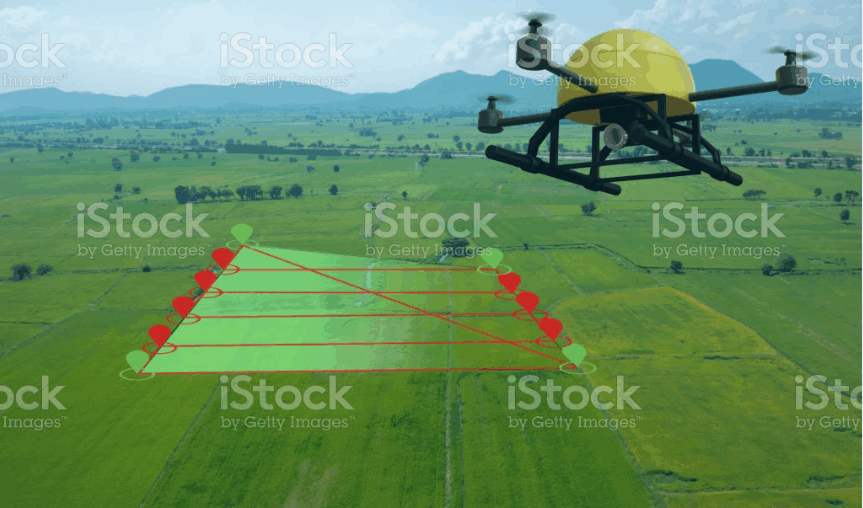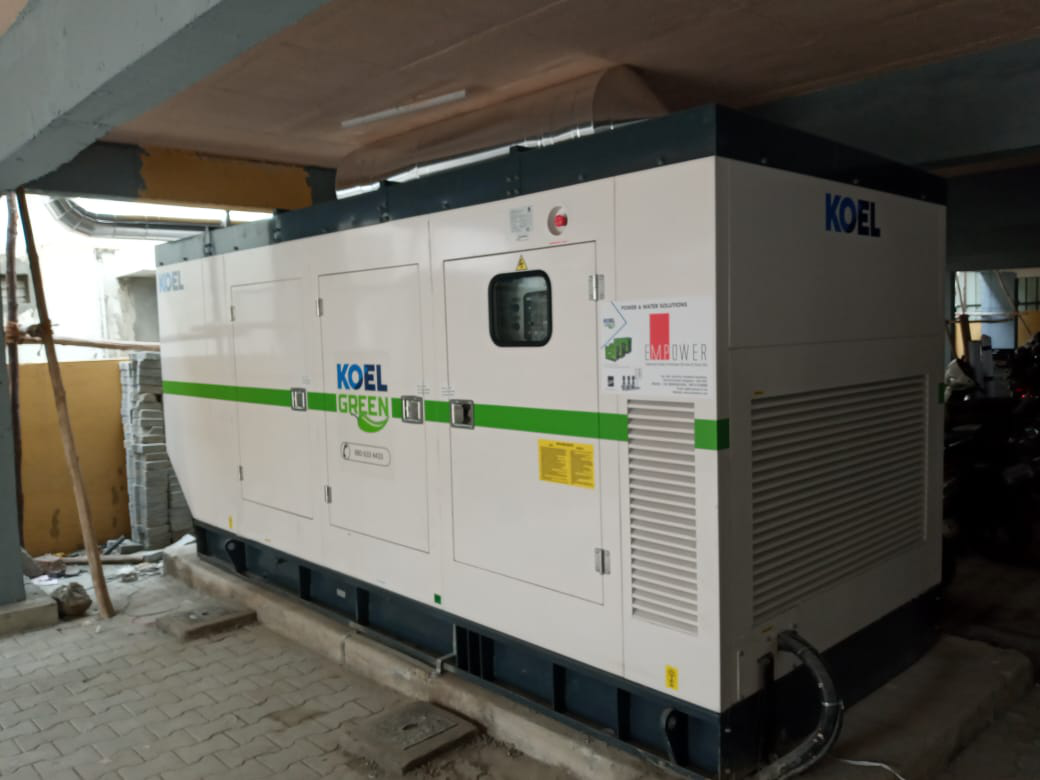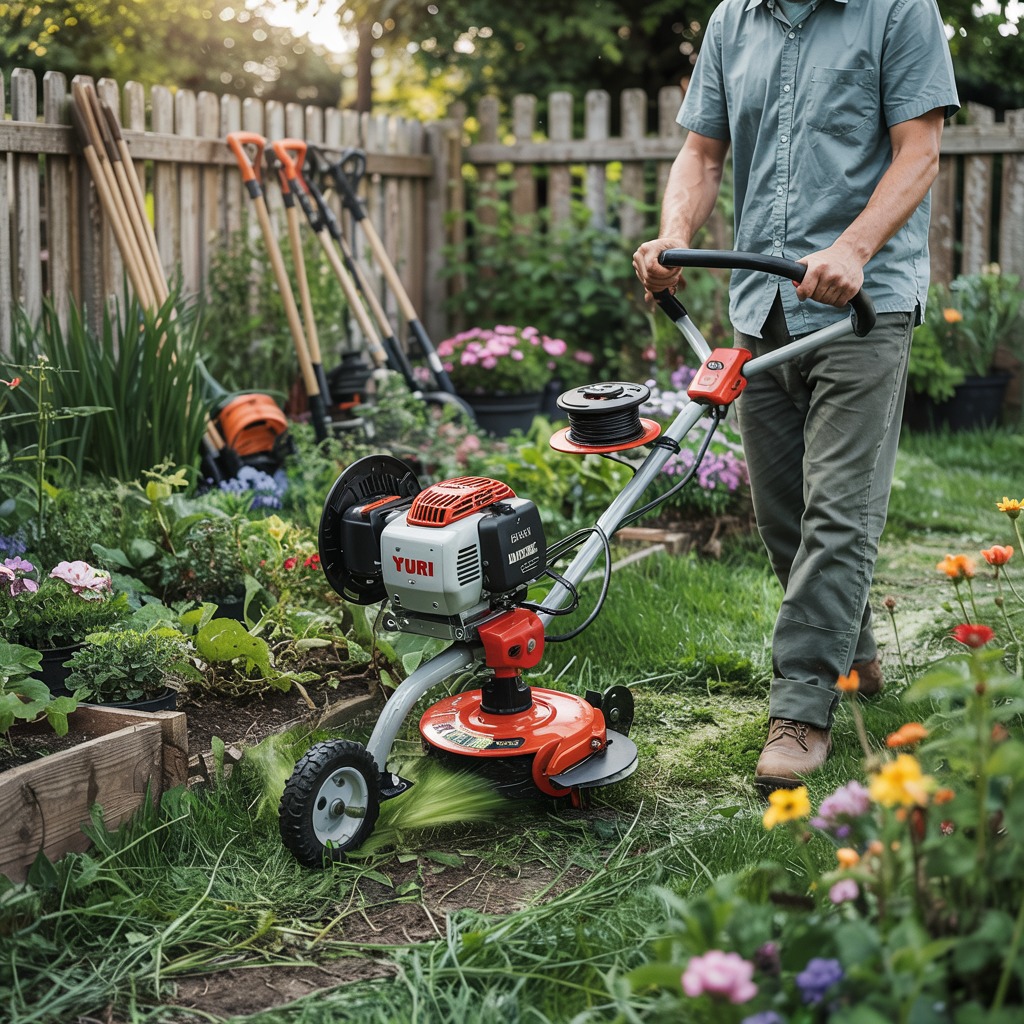In recent years, the integration of advanced technology into traditional farming practices has transformed the agricultural landscape. Among these innovations, drone applications for agriculture stand out as a game-changer, offering precision, efficiency, and sustainability. Drones, or unmanned aerial vehicles (UAVs), equipped with sophisticated sensors and cameras, are being deployed to monitor crops, optimize resource use, and enhance overall farm productivity. As global food demands rise and environmental challenges intensify, understanding drone applications for agriculture is essential for farmers, researchers, and policymakers alike.
The Rise of Drone Technology in Farming
Drones have evolved from niche gadgets to essential tools in modern agriculture. These aerial devices, typically powered by batteries and controlled via remote or autonomous systems, can fly over vast fields to collect data in real-time. The primary types used in agriculture include multirotor drones for short, vertical takeoffs and landings, and fixed-wing drones for longer flights over large areas. What makes them particularly valuable is their ability to carry various payloads, such as high-resolution cameras, multispectral sensors, and even spraying mechanisms.
The adoption of drone applications for agriculture has been driven by advancements in GPS technology, artificial intelligence (AI), and data analytics. For instance, farmers can now use drones to create detailed maps of their fields, identifying variations in soil health, moisture levels, and crop growth. According to the Food and Agriculture Organization (FAO), drone usage in farming has grown exponentially, with estimates suggesting that by 2025, the market for agricultural drones could exceed $4 billion globally. This surge is fueled by the need to address issues like climate change, pest infestations, and inefficient resource allocation.
Key Applications of Drones in Agriculture
One of the most prominent drone applications for agriculture is crop monitoring and health assessment. Drones equipped with multispectral or thermal imaging sensors can detect early signs of disease, nutrient deficiencies, or water stress in plants. By flying over fields at regular intervals, these devices capture high-resolution images that are analyzed using software to generate “health maps.” This allows farmers to target specific areas for intervention, rather than treating entire fields uniformly, which reduces waste and costs.
Precision agriculture is another critical area where drones excel. For example, drone-based spraying systems can apply pesticides, fertilizers, or seeds with pinpoint accuracy. Traditional methods often involve broad spraying, which can lead to overuse of chemicals and environmental harm. In contrast, drones can navigate complex terrains and apply substances only where needed, minimizing runoff and promoting sustainable practices. A study by the University of Illinois highlighted that drone spraying can reduce chemical usage by up to 30-50%, while improving crop yields.
Drones also play a vital role in field mapping and surveying. By creating 3D models of farmland, they help in planning irrigation systems, assessing erosion, and even predicting yields. In livestock management, drones with thermal cameras can monitor animal health and behavior, detecting issues like illness or straying herds from above. This application is particularly useful in large-scale operations, where manual monitoring is impractical.
Furthermore, drone applications for agriculture extend to disaster response and environmental monitoring. In regions prone to floods or droughts, drones can quickly survey affected areas, providing data on soil moisture and crop damage. This real-time information aids in rapid decision-making, helping farmers mitigate losses and adapt to changing conditions.
Benefits and Challenges of Drone Integration
The benefits of drone applications for agriculture are manifold. First and foremost, they enhance efficiency by saving time and labor. A single drone flight can cover hundreds of acres in a fraction of the time it would take ground-based equipment. This efficiency translates to higher productivity and profitability. Additionally, drones promote data-driven farming, where farmers use collected data to make informed decisions, leading to optimized resource use and reduced environmental impact.
Environmentally, drones contribute to sustainable agriculture by minimizing chemical runoff, conserving water, and reducing the carbon footprint of farming operations. For instance, precision spraying not only cuts down on pesticide use but also protects beneficial insects and pollinators. Economically, early adopters have reported yield increases of up to 20% through better pest management and irrigation.
However, integrating drones into agriculture is not without challenges. Regulatory hurdles, such as obtaining flight permissions and adhering to airspace rules, can be a barrier, especially in regions with strict aviation laws. The initial cost of drones and training can also be prohibitive for small-scale farmers. Data privacy and security are additional concerns, as the vast amounts of data generated must be managed securely to prevent misuse.
Despite these obstacles, the future of drone applications for agriculture looks promising. Innovations like AI-powered autonomous drones and integration with satellite imagery are set to make these tools even more accessible and effective. Governments and organizations are increasingly providing subsidies and training programs to encourage adoption.
Conclusion
In summary, drone applications for agriculture represent a pivotal shift toward smarter, more sustainable farming practices. From crop monitoring and precision spraying to livestock management and disaster response, drones are empowering farmers to overcome traditional limitations and boost productivity. As technology continues to advance, the potential for drones to address global food security challenges is immense. For stakeholders in the agricultural sector, embracing these innovations could be the key to thriving in an ever-changing world. Whether you’re a farmer exploring new tools or a policy maker shaping regulations, understanding and investing in drone applications for agriculture is a step toward a more efficient and resilient future.




